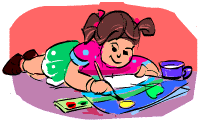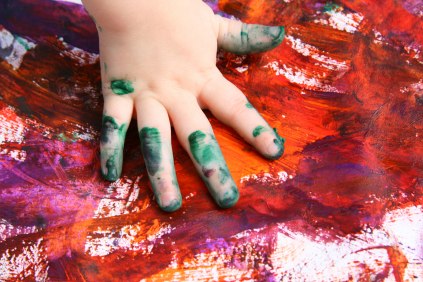
Dealing with Dyslexia
As a baby, Amit was a fast learner. At barely eleven months he could reel off the names of vegetables his mother was storing in the fridge _ aalu, bhindi, tinda, ‘cauwlifower’. When he was three, he was the best TV mimic, dancing and singing for an appreciative audience. So when Amit went to school and his teachers said that he was stumbling over words and was unable to spell, his parents wouldn’t believe it.
And with the constant ticking off from his teachers, Amit grew quieter by the day. Where was the little darling who danced and sang with such gay abandon?
It was a chance visitor to school who noticed Amit and diagnosed his problem. He was dyslexic. Once the problem was identified, it could be handled.
For a mother or a family member to identify a child with dyslexia is not easy because no two dyslexics are identical.
In the pre-school years, dyslexics often seem to be bright and smart. Like Amit, they ask searching questions and show well-developed social awareness. But once in school, the dyslexic child will be slower in verbal skills than in written work. For example, he will read slowly and hesitantly, following the text with one finger. He seems to constantly lose attention as he forgets which paragraphs he is reading or misses out entire sentences or even reads the same passage twice. His reading is never fluent and quite often loud and unpleasant to the ear.
For example, he will sound out the letters phonetically but find it difficult to put them together. He may say ‘b’ ‘e’ ‘g’ but pronounce it ‘bad’ instead of ‘beg’. He will guess wildly as to what a word is but the main giveaway for a dyslexic child is that he reads sdrawkcab (backwards). Finally, a dyslexic child while reading will add words which do not appear in the text. But it is not a case of ‘must pay more attention’ but ‘cannot pay more attention’.
As the child grows older he finds it difficult to organise himself, is chronically late for school and sometimes cannot find his way from one class to another.

Dealing with Dyslexia [Illustration by Shiju George]
“But this is how I see it!”
The first image is what the teacher drew on the board for the class to copy. The second image is what the boy with dyslexia copied: a classic example of disparity between what a dyslexia child sees, assimilates and reproduces.
Could your child be dyslexic:
— does he confuse letters when writing?
— does he mirror write, i.e. confuse d, b, f, g, q and so on?
— does the bend of the ‘d’ or ‘g’ go one way or another?
— does he have difficulty concentrating on his studies?
— does he invert numbers writing them upside down or reversed?
— does he have difficulty in eye-hand coordination?
— does he lack in self-esteem?
— does he repeat what someone else has answered so that he does not have to face the derision of the class or the teacher?
— does he normally keep quiet and refuse to answer because he does not want to be the laughing stock of the class?
If you answered YES to 3 or more, your child could be dyslexic. The child may need clinical help.









